BIG's combined power plant and ski slope is "turning science fiction into fact"
Movie: in the final part of our series of exclusive video interviews with Bjarke Ingels, the architect compares his design method to the family game of Twister and claims BIG's Amager Bakke Waste-to-Energy Plant will "transform people's perceptions" about public utility buildings.
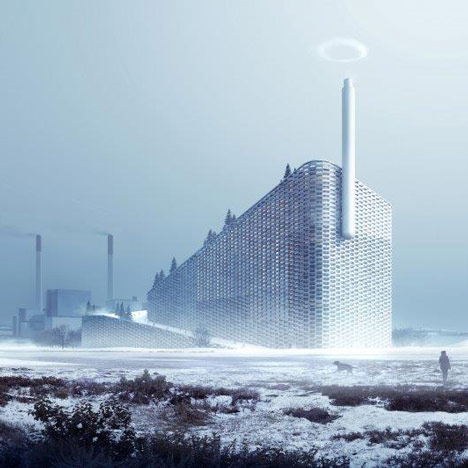
BIG's Amager Bakke Waste-to-Energy Plant, which is currently under construction in Copenhagen, will blow rings of smoke and feature a 31,000-square-metre ski slope on its roof.
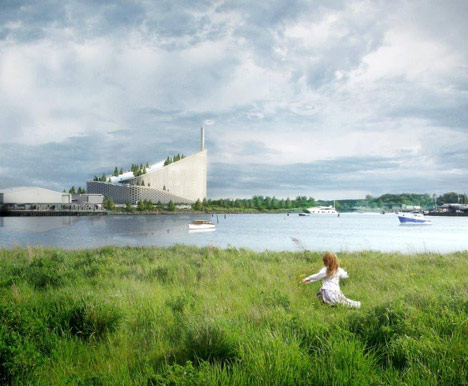
"One of the things that I love about architecture is that it is the art and science of turning fiction into fact," Ingels says. "Right now you can say it's a science-fiction idea to have a power plant with smoke rings and ski slopes, but in three years they will ski on their power plants in Denmark."
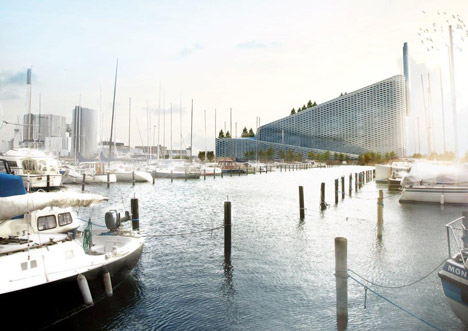
He adds: "It's really going to transform people's perception of what a public utility building should be. There is this world-changing element in architecture, that once you're done, now that's how the world is. When you started it was a crazy idea, now it's just how it is."
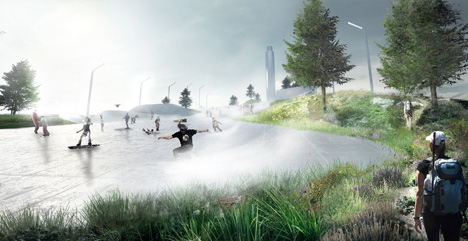
The whole concept is made possible by how clean and efficient the plant will be in operation.
"It's going to be so clean that the smoke coming out of the chimney is completely non-toxic," Ingels explains. "The smoke coming out of the chimney is going to come out in the form of smoke rings so you can see how much carbon dioxide emission there is – to make the something uncountable countable."
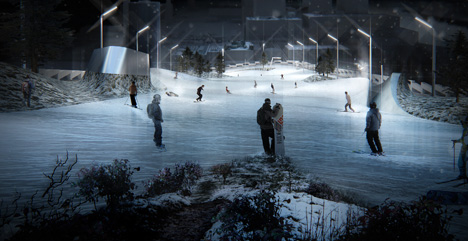
Ingels hopes the new slope will help to improve Denmark's medal tally at the next Winter Olympics.
"We have snow in Denmark but we have absolutely no topography," he explains. "Some people might have noticed that Denmark got zero medals in Sochi. We hope to contribute to improving that situation by actually giving the Danes a home slope where they can practice."
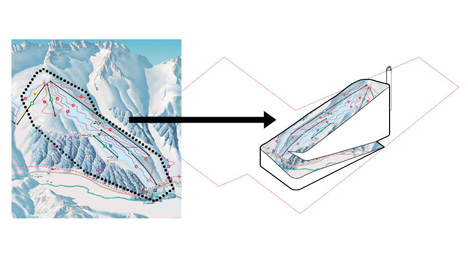
Ingels says the Amager Bakke Waste-to-Energy Plant is an example of how his practice BIG tries to solve multiple challenges in a single building.
"One way to explain our design approach is that it's like an architectural game of Twister," he says. "When you start the game it's quite easy, but then as you load on more demands you suddenly find yourself in back-bending positions with your face rubbing up against the body parts of family members. It gets really difficult and enjoyable."
"I think that's essentially our design method. We don't just answer one question, we try to actively find more questions to answer, more problems to solve, more possibilities to create."
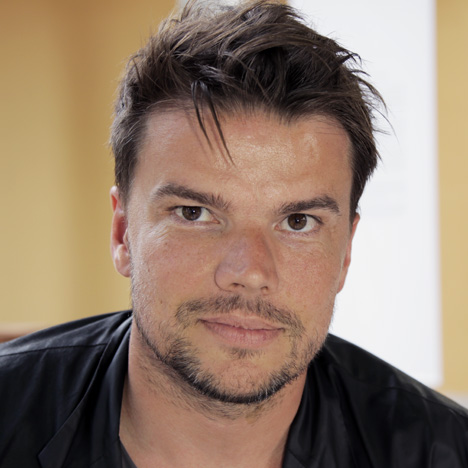
This is the third in a series of three exclusive interviews with Bjarke Ingels.
Watch all of the movies in the series »